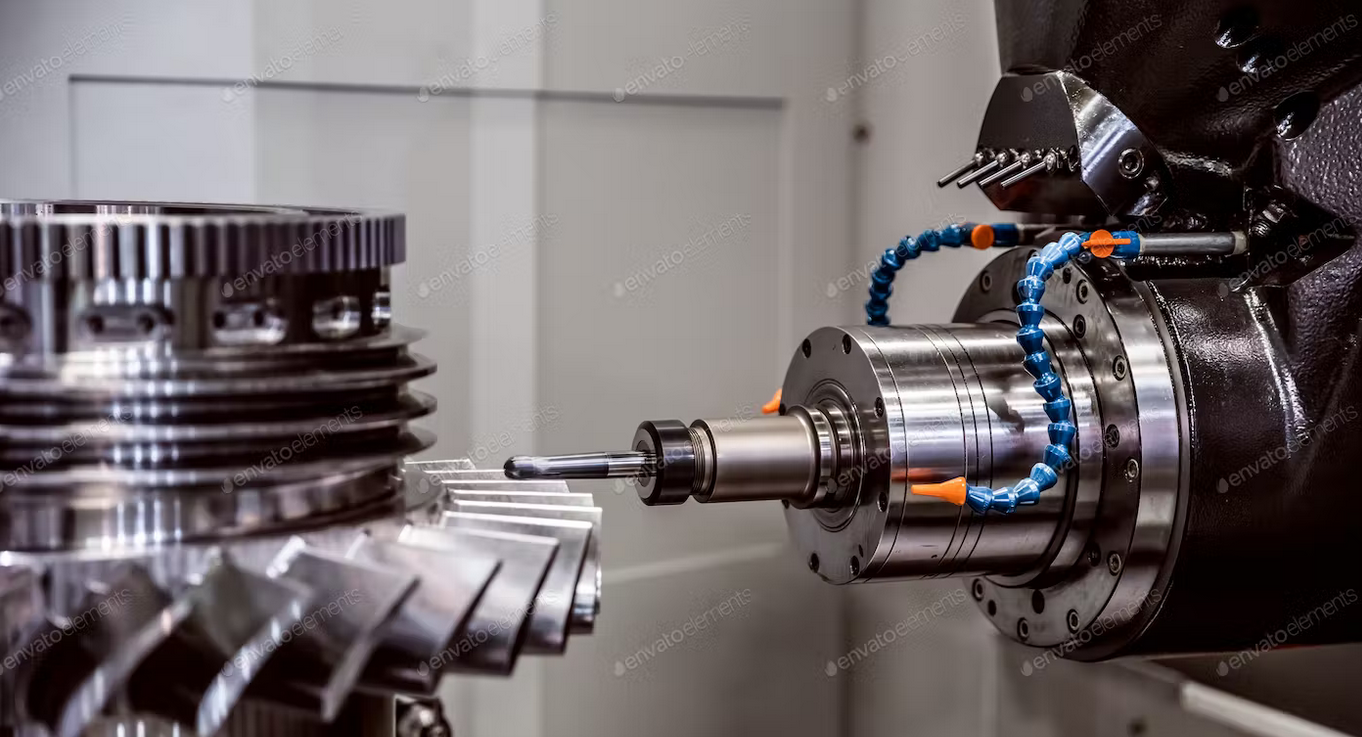Common Sheet Metal Defects and Avoidance Strategies+ View more
Common Sheet Metal Defects and Avoidance Strategies
+ View more
Date:2024-04-04 16:00
Sheet metal fabrication is a complex and precise process that involves shaping metal sheets through various methods such as cutting, stamping, and bending into specific shapes and sizes. Despite modern technology making this process quite efficient and accurate, there are still some common defects that can occur. Understanding these defects and taking preventative measures is key to improving product quality and manufacturing efficiency. Let's explore some typical sheet metal defects and their corresponding avoidance strategies in detail.
Warping
Detailed Analysis
Warping is one of the most common issues during the bending process, occurring when sheet metal deforms due to suboptimal bending or uneven internal stresses. This deformation can result in parts that cannot be assembled or do not meet design specifications.
Avoidance Strategies
Effective methods to reduce warping include:
- Proper bending sequence: Performing bends that cause the least stress first can reduce accumulated internal stress.
- Material selection: Choosing materials with lower internal stress can lessen the likelihood of warping.
- Controlled bending angles: Precisely controlling bending angles prevents exceeding the material's elastic limit, causing plastic deformation.
- Use of pressure pads: Using pressure pads during bending helps balance stress by applying counter-pressure to the material.
Scratching
Detailed Analysis
During handling, cutting, or bending operations, sheet metal surfaces can be scratched by incorrect tool or machine use. Such surface damage not only affects appearance but can also become a starting point for corrosion.
Avoidance Strategies
To prevent scratching, consider the following measures:
- Machine and tool maintenance: Keep all cutting and bending equipment clean and regularly check to prevent debris from causing scratches.
- Improved operator training: Ensure operators fully understand how to use the equipment and handle material to minimize abrasion.
- Protective films: Applying protective films on sheet metal prior to processing can provide a barrier against direct contact and prevent scratches.
Denting
Detailed Analysis
Denting refers to localized depressions on the sheet metal surface caused by impacts or pressure. It not only affects appearance but can also alter the structural properties of the material.
Avoidance Strategies
Methods to avoid denting include:
- Proper storage of materials: Use flat supports when stacking materials and ensure cushioning between each sheet.
- Careful handling: Utilize professional tools and techniques to prevent accidental collisions or overloading during handling.
Real-world Case Study
In actual production, a company manufacturing commercial kitchen equipment once faced warping issues. Their stainless steel stoves required perfectly flat surfaces to ensure stability and reliability. However, in early production batches, they discovered slight warping at the edges of some stoves.
The engineering team, upon careful analysis, identified the cause of warping to be improper bending sequences and excessive bending speeds. They proposed an improvement plan which involved adjusting the bending process, including changing the order of bends and slowing down the speed of bends. Additionally, they introduced a step where thermal tempering was done after bending to relieve internal stresses.
After implementing these measures, the quality of the new batch of products improved significantly, with no further warping issues. This case highlights the importance of effective diagnosis and resolution strategies for common defects in sheet metal fabrication. Through careful analysis and meticulous planning, the quality of sheet metal work can be ensured while also enhancing overall production efficiency.
Share to:
Recommend wonderful blog posts

